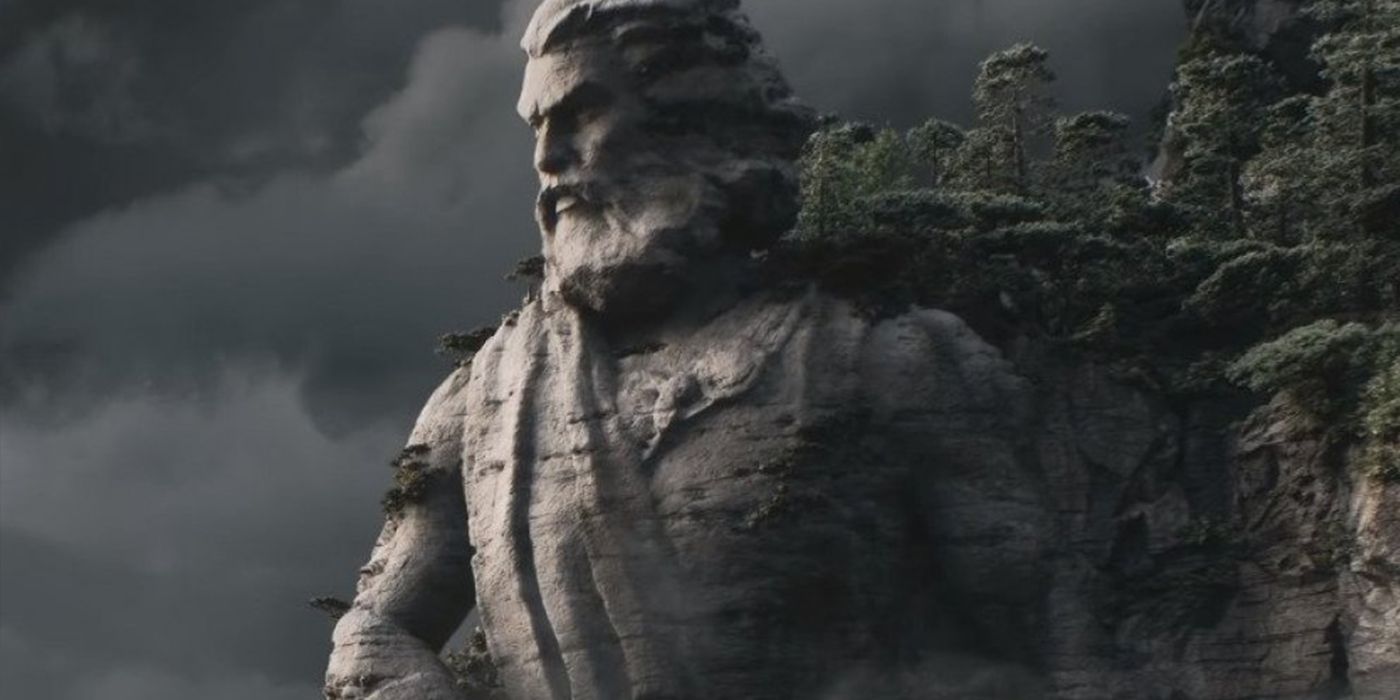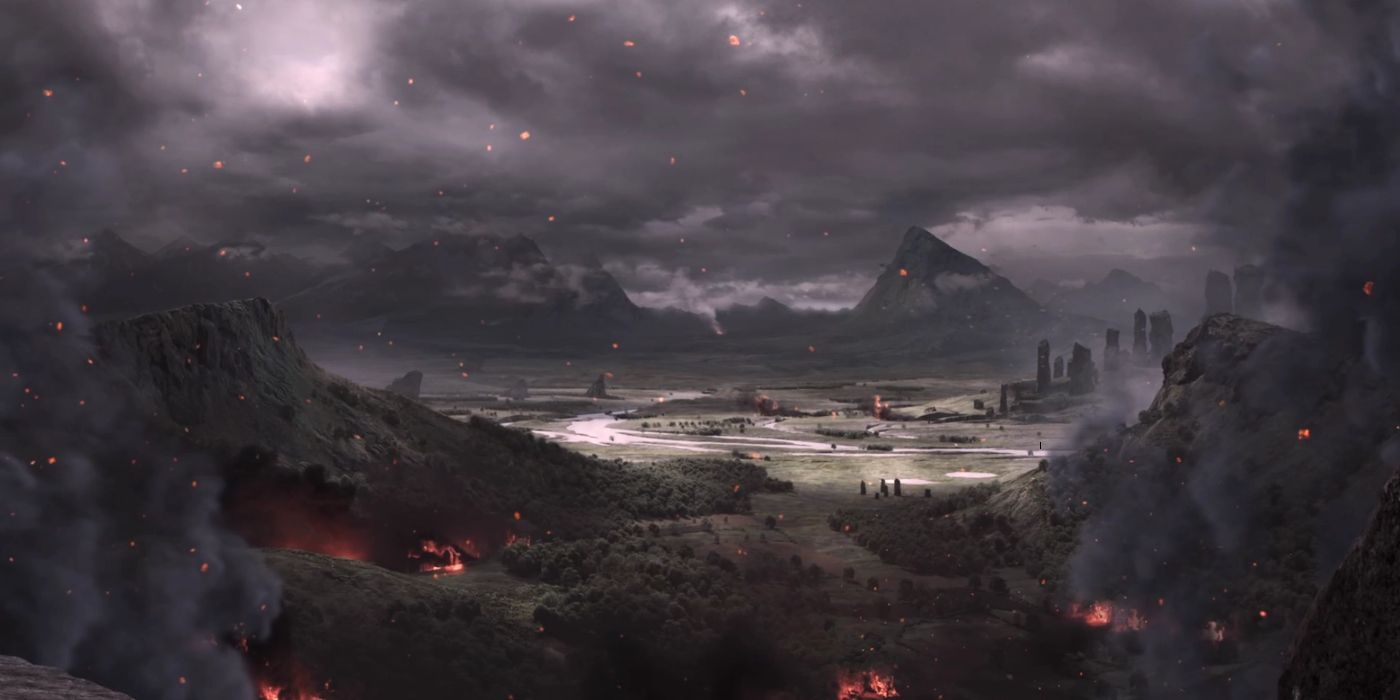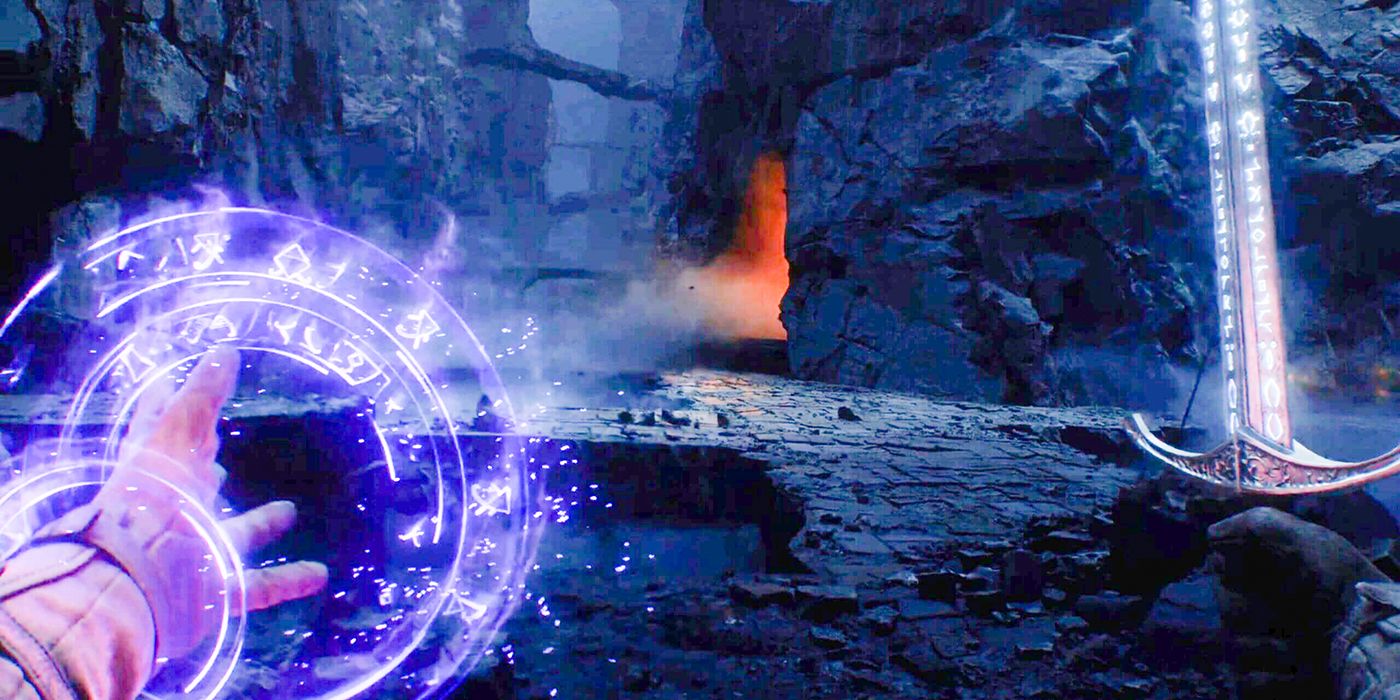It hasn't been long since Obsidian Entertainment announced Avowed, a first-person RPG epic and the company's third game since being acquired by Microsoft. However, it's already possible to get a sense of the world that Avowed takes place in for one simple reason: the game is set in Eora, the same world created for Obsidian's Pillars of Eternity series.
Pillars of Eternity was Obsidian's love letter to the old isometric RPG genre, including games like the Baldur's Gate saga; Avowed, on the other hand, looks like it'll be quite different - more in the vein of Skyrim and the forthcoming Elder Scrolls 6. Nevertheless, using Pillars of Eternity's Eora for the setting of Avowed is an interesting move, as there's already a whole treasure trove of established lore waiting to be expanded upon. As such, here's an overview of Eora as we currently know it.
The General Setting
Lands
Eora uses pretty conventional fantasy world standards, with a few defining traits that make it unique. We know already that Avowed takes place mostly in the Living Lands, which neither Pillars of Eternity nor Pillars of Eternity 2: Deadfire ever explored beyond mentioning it here and there. The Living Lands are set on a northern frontier island, said to be a place of unpredictable weather, fantastic beasts, with a landscape riddled by oddities never before seen by mortal eyes. The racial makeup of the Living Lands is fairly diverse compared to others (which is a good sign for those hoping Avowed's character creator offers the same amount of race choices as Pillars), though not everybody lives in harmony.
Other lands on Eora include Aedyr, an empire mostly comprised of humans and elves and located right on Eora's equator; the Dyrwood, a former colony of Aedyr and the main setting of Pillars of Eternity, also a hotspot of animancy; and the Ixamitl Plains, north of the Dyrwood, a place of open savannas occupied by humans and orlans. There's Old Vailia and the Vailian Republics, once the jewel of the southern seas of Eora; the Deadfire Archipelago, setting of Pillars of Eternity 2: Deadfire, a chain of tropical volcanic islands mainly occupied by amaua; Rauatai, a land rich with resources but constantly being squabbled over; and the White That Wends, a southern polar region at the bottom of the world mainly home to pale elves and boreal dwarves.
Races
Once again, some of the races that occupy Eora are pretty standard: namely, elves, humans, and dwarves. However, some of Eora's races are much more distinct: first, there are the amaua, the largest of the kith (a collective term for the humanoid races of Eora) known for their strength and affinity for water. There are orlans, which function a little bit like gnomes or halflings, but have their own history of enduring prejudice and poor treatment at the hands of other kith; nonetheless, they are quick and sharp-minded as a race.
Finally, the most conspicuous of the races are the godlike: they can be descended from any of the above races, but their appearances and abilities are modified by a connection to one of the gods of Eora. This results in often aberrant head shapes and mystical powers that few other possess; godlike are often either revered or reviled depending on their type, with few in-betweens. Among the many different types of godlike, moon, fire, earth, avian, and death godlike have all been represented in the games.
The Wheel
Eora's most unique and defining trait is the Wheel: a natural phenomenon that is responsible for the cycle of reincarnation on Eora, allowing souls to pass from one life into another. The metaphysical event continued on its own for thousands of year before the Engwithans (a civilization that came before the current inhabitants of Eora) siezed control of the process by building a great machine at the heart of Ukaizo, to the point that the previously natural cycle of rebirth began to rely upon the machines to function. This is significant mainly due to the events of Pillars of Eternity 2: Deadfire.
The State of Eora
During Pillars of Eternity 2: Deadfire, the aforementioned Wheel was smashed to unusable pieces by the god Eothas, effectively halting the cycle of reincarnation until such a time as kith could figure out how to make it function themselves. As such, the end of Deadfire left Eora in a state of rebuilding from the sudden chaos that the gods created. However, the state of Eora post-Deadfire might not even matter - the time period that Avowed takes place in could be long before or after anything in Pillars of Eternity, or the Living Lands could be so far removed from the rest of the world that there's little mention of the previous games' events.
There could be any number of changes to the way Avowed works from the way that Pillars worked; given that the game is set in the Living Lands, that already means that different factions and political issues could be a source of strife for the game. Furthermore, there could be a limit on playable races (though hopefully that won't be the case), changes to the playable classes, and changes to the rules of the game - how magic works, what powers players have access to, and more.
Avowed has more than enough space to be its own game and established new lore, because there's so much of Eora that even those who played the Pillars games haven't seen yet. At the same time, using Eora as the setting of Avowed is a great way to reel in Pillars players as well as newcomers to the game.
Time will tell what, exactly, Avowed will do within its given setting. While its plot remains a mystery, the promise of a return to Eora is enough to stir up fans' excitement in the meantime.
Avowed is in development for PC and Xbox Series X.



